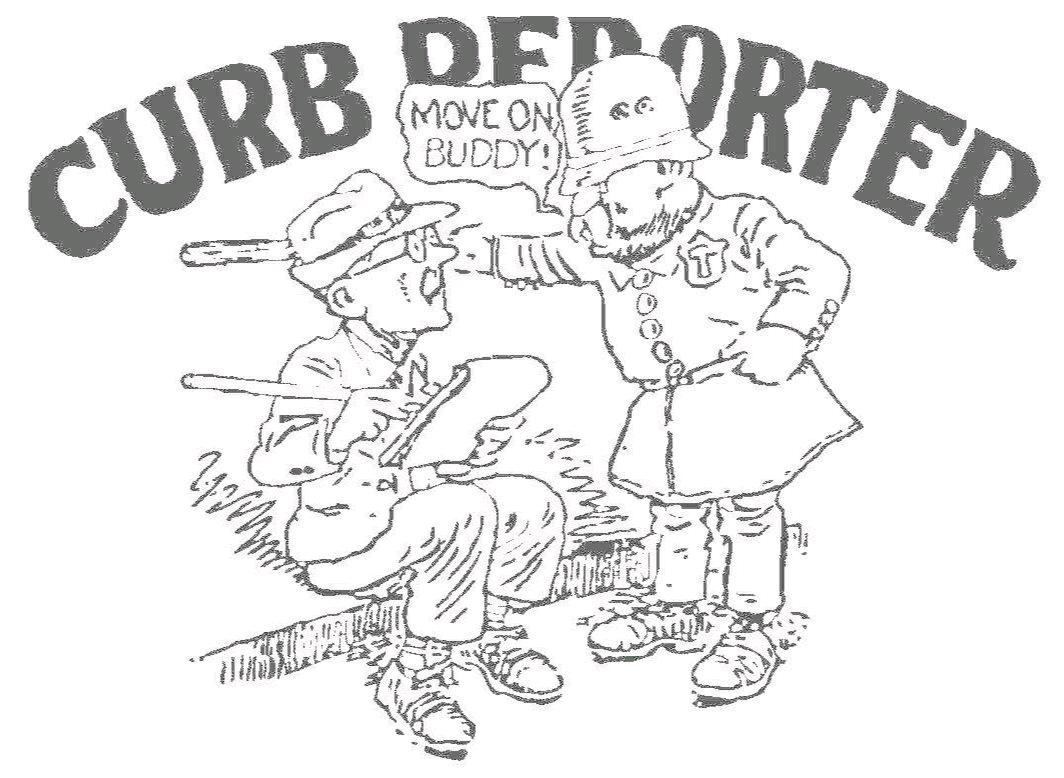Rails to trails – a tale of two cities
Published 2:33 pm Tuesday, January 11, 2011
To the Editor:
“December 13, 2010
Mr. Terwilleger –
A rail line cannot be converted to trails unless and until the line is abandoned. While that line segment (A&S Line) is currently inactive, it has not been abandoned, and Norfolk Southern has no plans to do so, because it has the potential to carry traffic again at some point in the future….
Robin C. Chapman
Manager Public Relations; Norfolk Southern Corporation”
While on paper the rails-to-trails concept has had some appeal in the short run, let’s look at the practical aspects of such a plan. The long view needs to be taken concerning the future of the rail connection between Asheville and Spartanburg.
Many towns and cities have hesitated or neglected to give full consideration to the consequences of lifting vital rails. They have lived to regret this choice and paid a steep price for it. The city of Charlotte had the foresight to cooperate with Norfolk Southern in acquiring rails slated for abandonment or removal, and just in time. Now these rails have become a vibrant segment of Charlotte’s transportation program, taking a large part of commuter traffic off their roads and onto affordable, practical light rail transportation.
While Tryon is not Charlotte, nor are Saluda or Landrum, they lie between the larger urban centers of Asheville and Spartanburg, whose importance cannot be overlooked when planning the future of our three towns.
Using the Virginia Creeper branch line as a rails-to-trails example, this line was originally created to serve industries along it, having no major city at its end. When the industries dried up, there was no city center to be served. It did have an alternate use as a trail.
Which brings us back to our tracks.
These are at present railbanked by Norfolk Southern Corp. (NS) – a pivotal point at which a serious plan about their future use needs to be weighed while they still exist and before they are forever lost to the ages, costing many millions if not billions more to someday replace.
Railbanked means in effect kept in storage for future use. NS’s position is clear and they maintain it today (per the opening email quotation). But supposing a trail from Landrum to Saluda was the future intent? We are dealing with several miles and a 5 percent gradiant section, all of which needs surface and drainage reconstruction and maintenance.
NS owns 10 feet on either side parallel the roadbed for its entire length, so running a trail parallel to the tracks would still put it on NS property.
Equestrians accustomed to FETA trails would need to adjust to sharing a trail with pedestrians and bicycles.
Money (lots of it) and volunteers (lots of them) would be needed.
Between Tryon and Melrose is a high and long steel girder trestle which would require conversion to traffic on foot, bicycle or horseback, including flooring, appropriate walkway construction and guardrails. The trestle must be inspected. Initial and periodic welding and woodworking would be required. Departing northbound from Melrose is yet another wooden trestle over Pearson Falls Road. This has its own requirements for wooden piling maintenance.
In the remote area between Tryon and the girder trestle is a washout of major proportions. The rails here are contorted or swept away completely. What is left is a gigantic chasm that would require endless tons and cubic yards of gravel fill and a huge culvert to reconstruct, or another steel girder bridge to span the gaping gorge earlier flooding created. This section is cut off from any practical access by truck. Ironically, the only viable way to repair or replace this gap would be by rail using many hopper carloads of fill, or flatcar loads of girders and a railroad crane to unload and assemble the parts for another new girder bridge. Only a railroad with the assets of NS could make this happen.
In time the I-26 connection between the Asheville/Spartanburg city pair will become more crowded with car and truck congestion. History teaches us that adding more Interstate lanes in short order only results in predicable traffic surges to fill these lanes.
Rising fuel prices will continue to edge both Asheville and Spartanburg cities out of a practical commute by road. Our three towns will one day need rapid access to these growing urban centers where the substantive jobs will be.
What will be needed is the cooperation of the States of North Carolina, South Carolina and NS to preserve and protect this property as an irreplaceable rail link lifeline for our future. Already, plans are being put in place for high speed rail service along the Southeast Corridor between Washington, DC and Atlanta, which will also encompass Salisbury, NC and Spartanburg. Asheville contemplates revitalizing their rail connection to Amtrak at Salisbury. The populations of Asheville and Spartanburg may not warrant a passenger rail service right now; nevertheless a logical rail connection between them would only benefit our three towns in time. While there are those that might say these issues are too far away to contemplate, the time will be here before we know it. Will we be prepared?
— Pete Terwilleger


